The Wildlife Management and Muirburn Bill – The dawn of a new era of upland management in Scotland?
The Wildlife Management and Muirburn (Scotland) Bill is a landmark piece of legislation currently making its way through the Scottish Parliament. The Bill proposes to make it a requirement for anyone who wants to allow grouse shooting or carry out muirburn on their land to have a license to do so. The Bill also proposes licensing requirements for the use of wildlife traps and an outright ban on the use of glue traps.
The Trust is a long-time proponent of the licensing of these activities. For many decades large swathes of the uplands have been managed to produce a harvestable surplus of red grouse to be shot for sport. The popularity of ‘big bag’ driven shoots has led to increasing intensification of management on grouse moors, to the detriment of wildlife and the environment.
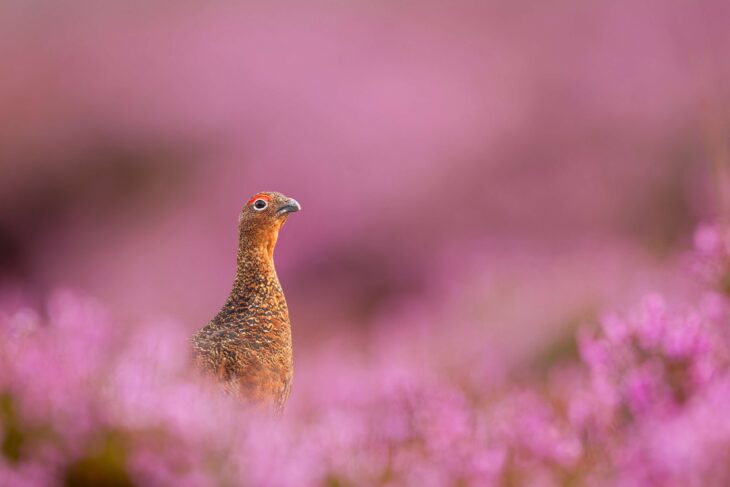
Muirburn, the rotational burning of patches of vegetation to encourage new heather growth for grouse to feed on, is arguably the management practice with the furthest-reaching consequences for the environment. The blanket bogs in our uplands are globally important as a carbon store and as an internationally rare habitat type. These bogs contain more than 2000 years’ worth of locked-up carbon and, when in a healthy state, are home to a unique and diverse assemblage of species. Unfortunately, the majority of our blanket bogs are now classed as degraded and, alongside agricultural drainage and over-grazing by livestock, muirburn is known to be one of the main drivers of this.
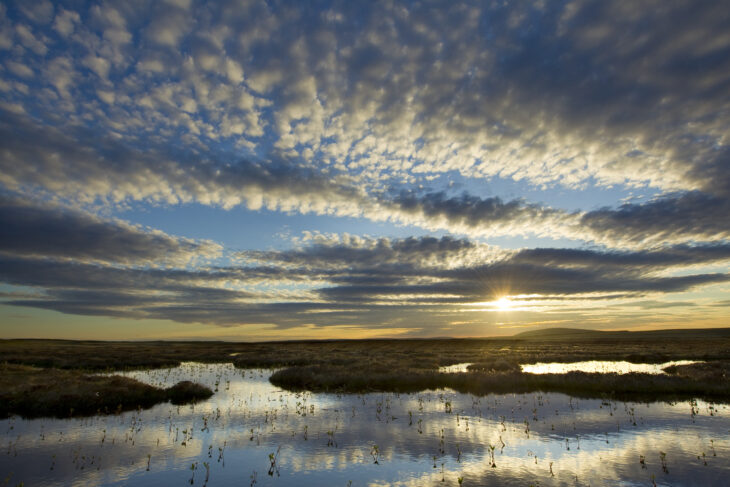
Degraded peatbogs can emit more CO2 than they sequester. Poorly managed muirburn can lead to net carbon loss from peatlands by damaging the peat-forming, moisture retaining layer of Sphagnum mosses and other bog vegetation, causing a shift to drier vegetation types, and allowing the existing peat to dry out and decompose faster as a result. Dry peat is highly flammable and is much more likely to catch fire during out of control muirburn or wildfire events than peat in a healthy, intact, wet peatland. Depending on the intensity of the fire, burning peat can quickly release large quantities of long-accumulated carbon into the atmosphere, a situation the Trust would like to see avoided at all costs, given the current climate emergency.
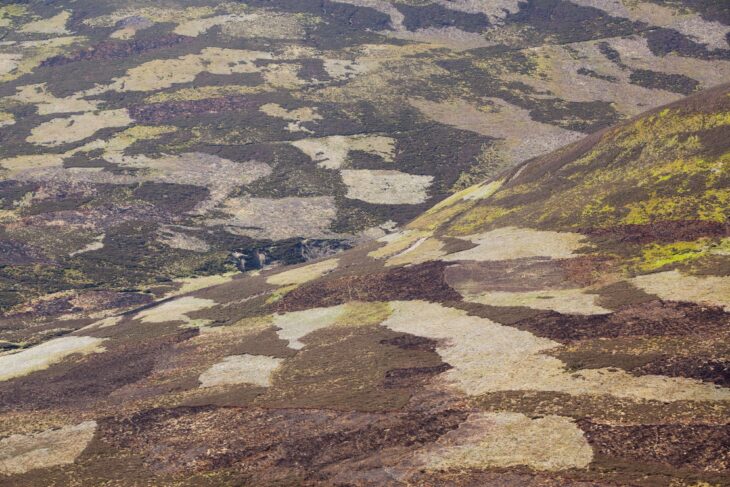
Degraded peatlands are also more susceptible to erosion during high rainfall, and eroded peat can make its way into watercourses and contaminate drinking water. The IUCN’s position statement on burning and peatlands gives a useful summary of the current evidence on this topic, their main findings being that “burning on peatlands causes damage to key peatland species, peatland ecosystem health, and the sustainability of peatland soils” and that “burning vegetation on peatland brings no benefits to peatland health or sustainability”.
In response to the IUCN’s findings, the Bill proposes to make it a requirement for anyone wishing to conduct muirburn on their land to have a license to do so and would also ban burning on peat greater than 40cm in depth. The Trust would like to see this maximum peat depth reduced to 30cm, as this is the accepted depth at which peat soils become peatland ecosystems.
Aside from its climate impact, muirburn can also be directly harmful to wildlife, particularly upland breeding birds. The smoke from burning heather can cause birds to desert their nests, and where fires become uncontrolled, can even cause the nests themselves to burn. The Trust would like to see the end of the muirburn season brought forward from April 15th to March 15th so that there is less overlap with the bird breeding season. For many bird species this overlap is becoming, or is expected to become, even more pronounced due to climate change as warmer early spring temperatures signal birds to begin nesting activity earlier in the year.
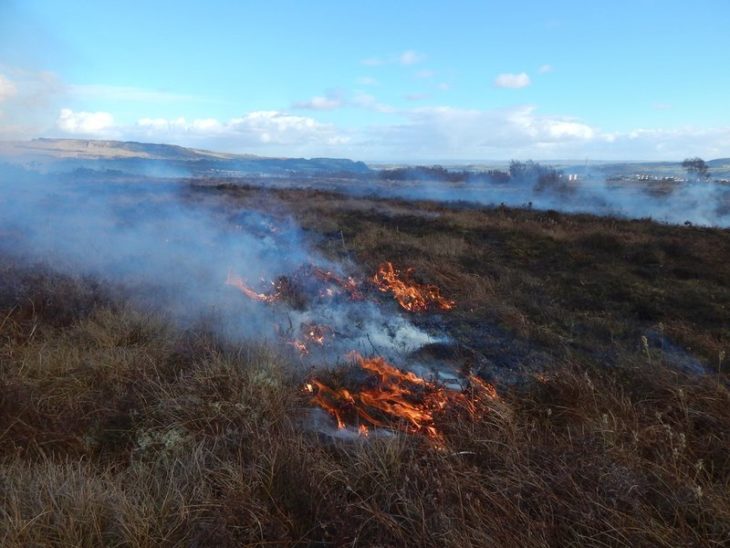
Predator control is another practice commonly carried out to boost red grouse numbers. Certain common generalist predator species such as foxes and crows can be legally controlled under licence. Although perhaps an unpalatable reality to some of us, in the absence of large apex predators, generalist predator control can be necessary to protect less common species that are vulnerable to predation, particularly ground nesting birds.
To date, however, the use of wildlife traps on grouse moors has been largely unregulated, and many incidences of misuse of traps resulting in animal suffering have been reported. The Trust hopes that licensing requirements for the use of wildlife traps and the ban on inhumane glue traps proposed in the Bill will bring an end to unnecessary animal suffering on grouse moors.
Unfortunately, a number of grouse moor managers also engage in the illegal persecution of rare birds of prey to benefit red grouse numbers. Raptors such as hen harriers and golden eagles prey on grouse and when they hunt over grouse moors they can considerably reduce red grouse numbers in comparison to a predator-free landscape, threatening an estate’s ability to offer ‘big bag’ shoots to their clients. The Bill aims to put a stop to illegal raptor persecution by giving NatureScot the power to suspend or revoke a license to shoot grouse where evidence of such activities is found and can be linked to the estate in question.
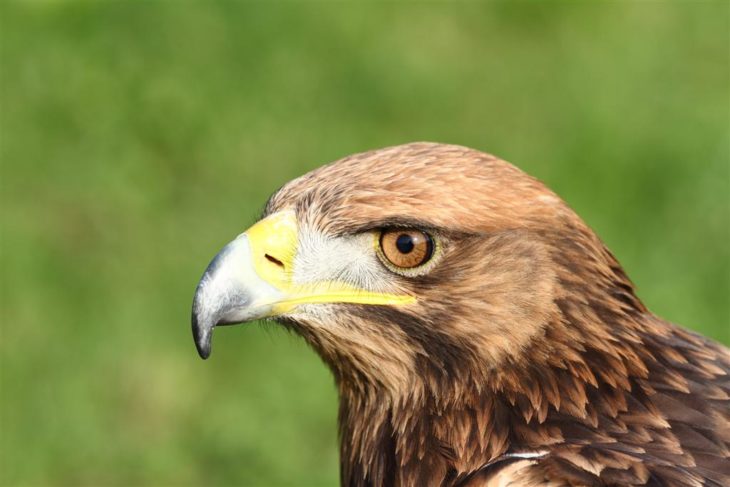
To support the legislation put forward in the Bill, NatureScot, in partnership with stakeholders, will develop two Codes of Practice (COPs) – one for muirburn and another for general grouse moor management. The Trust hopes that the COPs will be sufficiently detailed and prescriptive to eliminate ambiguity and allow them to be easily adhered to by land managers. We hope to see clear guidance in the COPs on muirburn, predator control and the humane use of wildlife traps, as well as other important issues not covered here, i.e., mountain hare culling and the appropriate use of medicated grit.
It is clear that the current business model of ‘big bag’ driven grouse shooting, which relies upon environmentally damaging and, in some cases, illegal practices, is not sustainable. The Trust would like to see the sport shooting industry embrace the opportunity that this new legislation provides, to move with the times and develop a new model for grouse moor management that is sensitive to the climate and biodiversity crises that we all face, while still being a financially viable aspect of the rural economy.
It is crucial that the Wildlife Management and Muirburn (Scotland) Bill makes it through the parliamentary process and becomes law. However, there is still a chance that the Bill could be blocked. You can help to make sure the Bill is successful by writing to your MSPs asking them to support it.
Writing to your MSPs ahead of the vote on 6 October is a crucial step in demonstrating the significance of upland wildlife conservation and peatland protection in Scotland. You can find your MSPs at www.writetothem.com using your postcode. We encourage you to express your support for greater regulation of grouse moor management and muirburn through a letter or email.
You can refer to the provided points above, but infusing your letter with personal stories and reasons for your concern can be particularly impactful. Your effort can help influence the decision-making process and emphasise public commitment to safeguarding Scotland’s wildlife and peatland habitats.
Hazel Forrest, Species Advocacy Officer, Scottish Wildlife Trust
Help protect Scotland’s wildlife
Our work to save Scotland’s wildlife is made possible thanks to the generosity of our members and supporters.
Join today from just £3 a month to help protect the species you love.
Preface
The Wildlife Management and Muirburn (Scotland) Bill is a landmark piece of legislation currently making its way through the Scottish Parliament. The Bill proposes to make it a requirement for …
